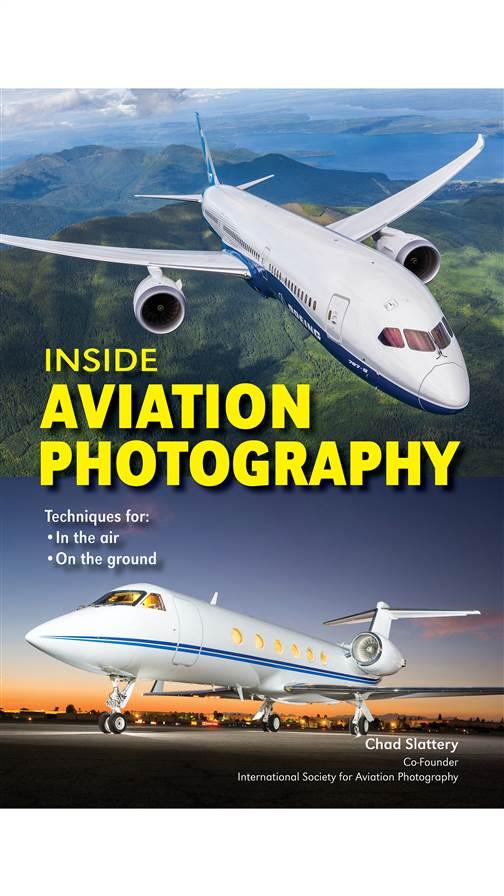Portfolios: Chad Slattery
‘How did they do that?’
Chad Slattery has used his California birthplace to his advantage. Growing up in Southern California, he was witness to the significant military and commercial aircraft development in the state. After traveling across Africa, the Middle East, and Asia in his twenties, he returned home determined to build a career in magazine photography. That was 40 years ago. Today he’s still based in Southern California and specializes in aviation photography. He has photographed more than 750 aircraft, from Cessna Citation Mustangs to the B–2 bomber. His new book, Inside Aviation Photography, is a guide to researching, planning, and executing aviation subjects both in the air and on the ground. It is a book, he says, for anyone who has ever looked at an aviation photo and wondered, “How did they do that?”
Web: www.chadslattery.com
 Inside aviation photography
Inside aviation photography
Chad Slattery’s new book, published by Amherst Media, draws on decades as a professional aviation photographer and is carried by Amazon and Barnes & Noble.










